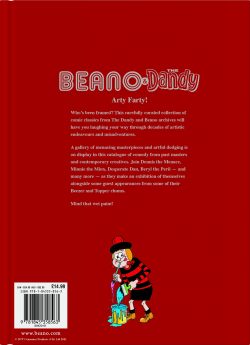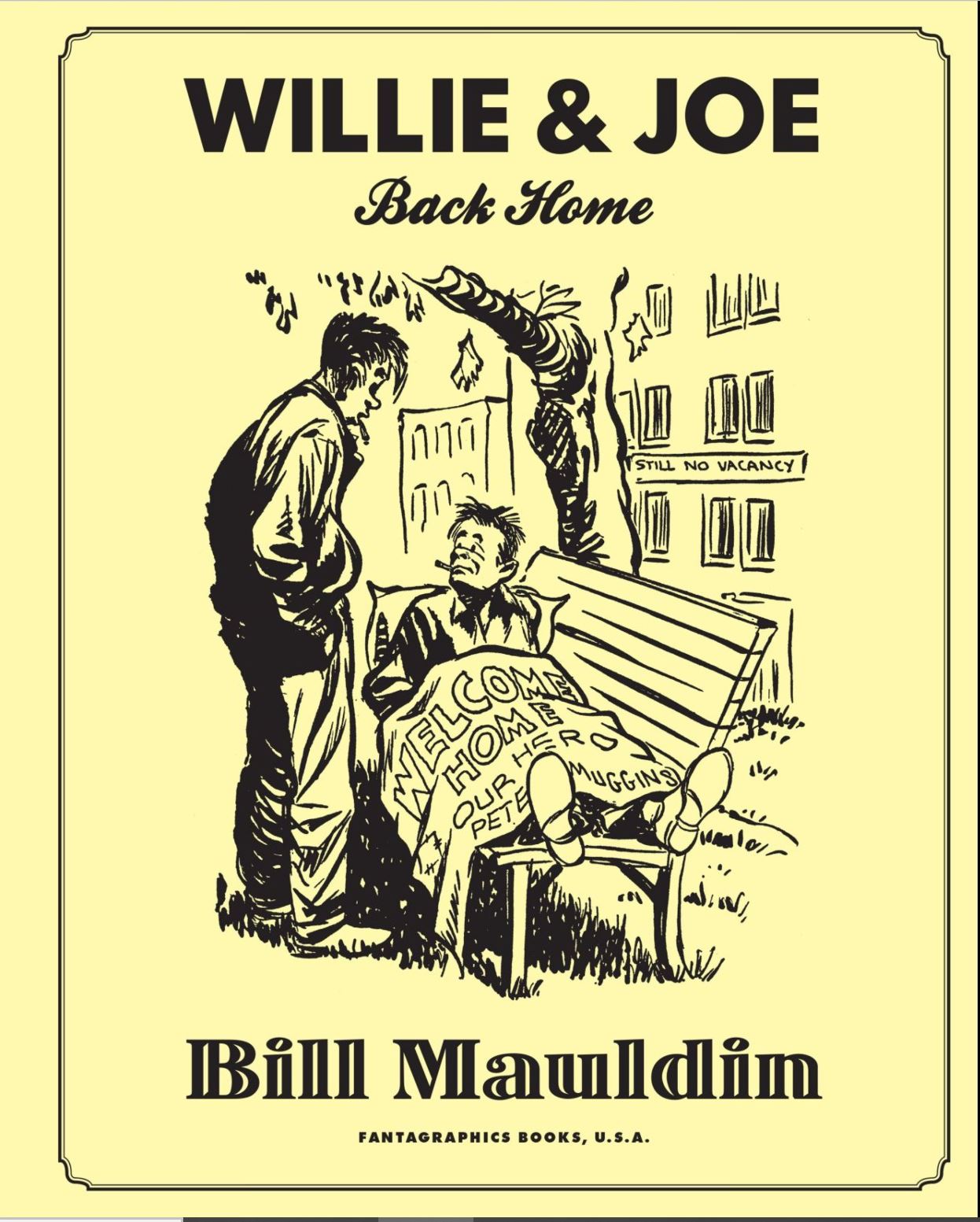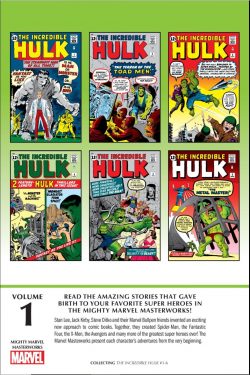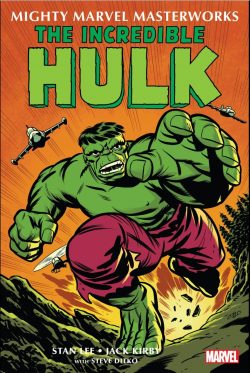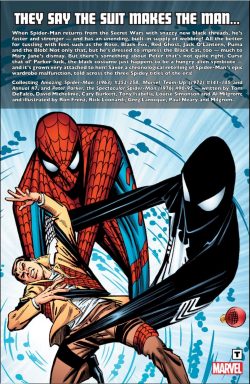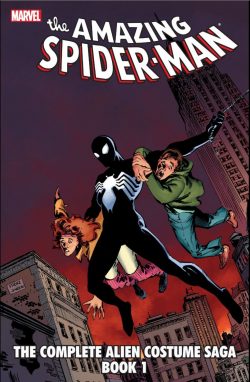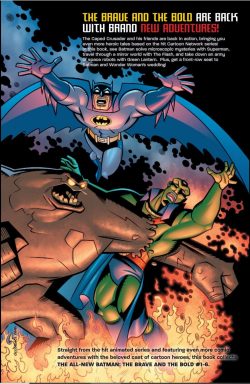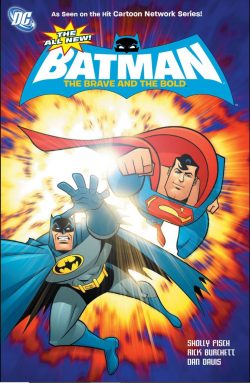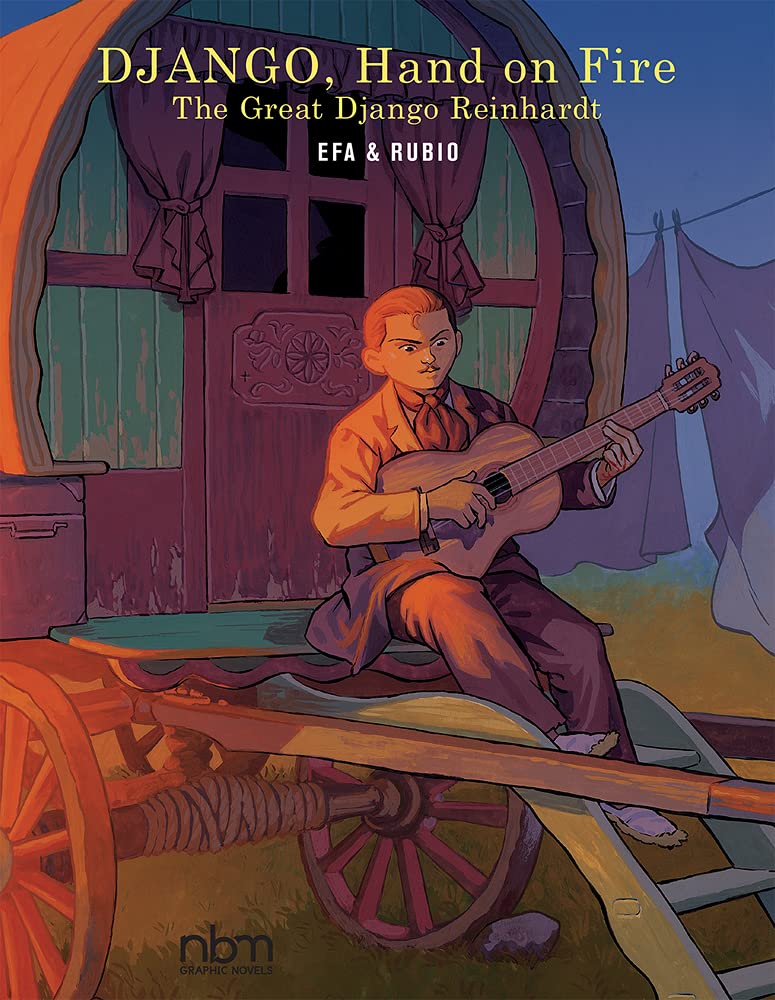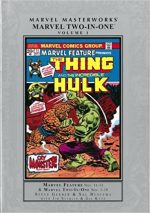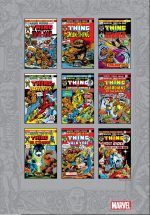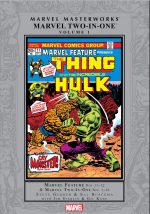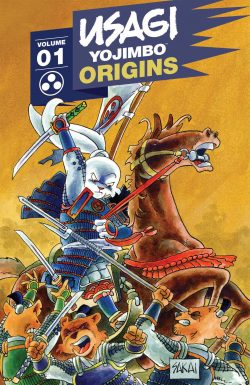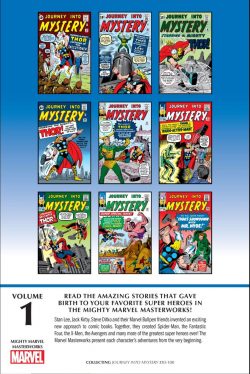
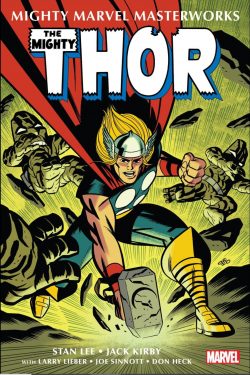
By Stan Lee & Jack Kirby with Larry Lieber, Robert Bernstein, Joe Sinnott, Al Hartley, Don Heck & various (MARVEL)
ISBN: 978-1-302931681 (PB)
These stories are timeless and have been gathered many times before, but today I’m again focussing on format. The Mighty Marvel Masterworks line launched with economy in mind: classic tales of Marvel’s key creators and characters re-presented in chronological order. It’s been a staple since the 1990s, but always in lavish, hardback collectors editions. These editions are cheaper, on lower quality paper and – crucially – smaller, about the dimensions of a paperback book. Your eyesight might be failing and your hands too big and shaky, but at 152 x 227mm, they’re perfect for kids. If you opt for the digital editions, that’s no issue at all…
1962 was a big year for New-Kid-on-the-Block Marvel, with star debuts aplenty all celebrating sixty glorious years in 2022. Most oldsters will cite the Amazing Spider-Man as the most significant premier, but after the Marvel Movie revolution, this guy can probably claim equal star status…
Even more than The Fantastic Four, The Mighty Thor was the arena in which Jack Kirby’s restless fascination with all things Cosmic was honed and refined through his dazzling graphics and captivating concepts. The King’s string of power-packed signature pantheons began in a modest little fantasy/monster title called Journey into Mystery where – in the summer of 1962 – a tried-and-true comicbook concept (feeble mortal transformed into god-like hero) was revived by the rapidly resurgent company who were not yet Marvel Comics to add a Superman analogue to their growing roster of costumed adventurers.
This gloriously economical full-colour tome – also available in eFormats – re-presents those pioneering Asgardian exploits from JiM #83-100, cover-dated August 1962 to January 1964 in a blur of innovation and seat-of-the-pants myth-revising and universe-building…
Cover-dated August 1962, Journey into Mystery #83 found a bold costumed warrior jostling aside the regular fare of monsters, aliens and sinister scientists in a brash, vivid explosion of verve and vigour. The initial exploit followed disabled American doctor Donald Blake, who takes a vacation in Norway only to encounter the vanguard of an alien invasion. Fleeing, he is trapped in a cave where he finds an old, gnarled walking stick. When, in his frustration, he smashes the stick into a huge boulder obstructing his escape, his puny frame is transformed into the Norse God of Thunder!
Plotted by Stan Lee, scripted by his brother Larry Lieber and illustrated by Kirby and inker Joe Sinnott (at this juncture a full illustrator, Sinnott would become Kirby’s primary inker for most of his Marvel career), ‘The Stone Men of Saturn’ is pure early Marvel: bombastic, fast-paced, gloriously illogical and captivatingly action-packed. The hugely under-appreciated Art Simek was the letterer and logo designer.
It was clear that they were making it up as they went along – not in itself a bad thing – and that infectious enthusiasm shows in the next adventure…
‘The Mighty Thor Vs. the Executioner’ is a “commie-busting” tale of its time, with a thinly disguised Fidel Castro wasting his formidable armies in battle against our hero. Dr. Blake’s nurse Jane Foster is introduced: a bland cipher adored from afar by the Norse superman’s timid alter-ego. The creative team settled as Dick Ayers replaced Sinnott, and with #85’s ‘Trapped by Loki, God of Mischief!’ the final element fell into place with the “return” of a suitably awesome arch-foe; in this case the hero’s half-brother.
This evil magician and compulsive trickster escaped divine incarceration and his first thought was to bedevil Thor by causing terror and chaos on the world of mortals he was so devoted to. Here also, a new and greater universe was first revealed with the tantalising hints and glimpses of the celestial otherworld and more Nordic gods…
Issue #86 introduced another recurring villain. Zarrko, bristling at the sedentary ease of 23rd century life, travels to 1962 and steals an experimental “C-Bomb”, forcing the Thunderer into a stirring hunt through time and inevitable clash with super-technology ‘On the Trail of the Tomorrow Man!’
On his return, Blake became a target of Soviet abductors. Those sneaky spies even managed to make Thor a ‘Prisoner of the Reds!’ before he eventually emerges unscathed and triumphant…
‘The Vengeance of Loki’ sees the God of Mischief’s return in #88,wherein the malevolent miscreant uncovers Thor’s secret identity and naturally menaces Jane Foster whilst ‘The Thunder God and the Thug’ offers adventure on a much more human scale, with a gang boss running riot over the city and roughshod over a good woman’s heart. It gives the Asgardian a chance to demonstrate a more sophisticated and sympathetic side by crushing him and freeing her from Thug Thatcher‘s influence.
Issue #90 was an unsettling surprise as the grandeur of Kirby & Ayers was replaced by the charming yet angst-free art of Al Hartley, who illustrated Lee & Lieber’s stock alien-invasion yarn ‘Trapped by the Carbon-Copy Man!’ A month later the Storm Lord tackles ‘Sandu, Master of the Supernatural!’, with Sinnott handling all the art, in a thriller starring a carnival mentalist who – augmented by Loki’s magic – comes catastrophically close to killing our hero…
Sinnott drew JiM #92’s ‘The Day Loki Stole Thor’s Magic Hammer’ (scripted by Robert Bernstein over Lee’s plot), moving the action fully to the mythical realm of Asgard for the first time as Thor seeks to recover his stolen weapon after Loki ensorcelled the magnificent mallet. Kirby & Ayers momentarily returned for Cold War/Atom Age thriller ‘The Mysterious Radio-Active Man!’ – again scripted by Bernstein – as Mao Tse Tung unleashes an atomic assassin in retaliation for Thor thwarting China’s invasion of India. Such “Red-baiting” was common in early Marvel titles, but their inherent jingoistic silliness can’t mar the eerie beauty of the artwork. With this tale, the rangy, raw-boned Thunder God completed his slow metamorphosis into the husky, burly blonde bruiser who dominated any panel he was drawn in.
Sinnott illustrated the next three adventures – ‘Thor and Loki Attack the Human Race!’, ‘The Demon Duplicator’ and ‘The Magic of Mad Merlin!’ – but these mediocre tales of magic-induced amnesia, science-fuelled evil doppelgangers and an ancient mutant menace were the last of an old style of comics. Lee took over scripting with Journey into Mystery #97 and a torrent of action wedded to soap opera melodrama resulted in a fresh style for a developing readership.
‘The Lava Man’ in #97 was again drawn by Kirby, with the subtly textured inking of Don Heck adding depth to the tale of an invader summoned – at the behest of Loki – from subterranean realms to menace humanity. More significantly, a long running rift between Thor and his overbearing father Odin was established after the Lord of Asgard refuses to allow his son to love the mortal Jane.
This acrimonious triangle was a perennial sub-plot fuelling many attempts to humanise Thor, because already he was a hero too powerful for most villains to cope with. Most importantly, this issue is notable for the launch of a spectacular back-up series. ‘Tales of Asgard – Home of the Mighty Norse Gods’ provided Kirby with a vehicle to indulge his fascination with legends. Initially adapting classic tales, but eventually with all-new material particular to the Marvel pantheon, he built his own cosmos and mythology, which underpinned the company’s entire continuity. This first saga, scripted by Lee and inked by George Bell (AKA old Golden Age collaborator George Roussos), outlined the origin of the world and the creation of the World Tree Yggdrasil.
‘Challenged by the Human Cobra’ introduces the serpentine villain (bitten by a radioactive Cobra, would you believe?) in a tale by Lee & Heck, whilst Kirby – with them in attendance – offered ‘Odin Battles Ymir, King of the Ice Giants!’: a short, potent fantasy romp laying the groundwork for decades of cosmic wonderment to come.
The same formula held for issues #99 and #100, closing the story portion of this collection. The lead tale (the first 2-part adventure of the run) introduces brutal, ‘Mysterious Mister Hyde’ – and concludes a month later with’The Master Plan of Mr. Hyde!’ It reveals a contemporary chemist who transforms into a super-strong villain at will and who frames Thor for his crimes, whilst in primordial prehistory, Kirby details Odin’s war with ‘Surtur the Fire Demon’ and latterly (with Vince Colletta inking) crafts an exploit of the All-Father’s so different sons in ‘The Storm Giants – a tale of the Boyhood of Thor’. As always, Lee scripted these increasingly influential comicbook histories…
To Be Continued…
Rounding off the increasingly spectacular shenanigans are bonus features comprising pre-edited original art from Kirby, Sinnott Ayers and Heck plus a landmark house ad.
These early tales of the God of Thunder show the development not only of one of Marvel’s core narrative concepts but, more importantly, the creative evolution of perhaps the greatest imagination in comics. Set your common sense on pause and simply wallow in the glorious imagery and power of these matchless adventures and discover the true secret of what makes comic book superheroes such a unique experience.
© 2021 MARVEL

